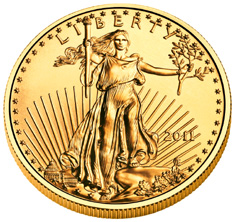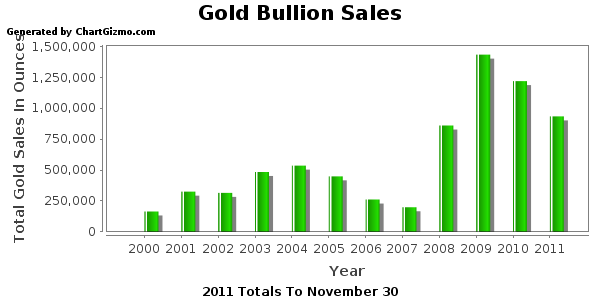 By Vin Maru
By Vin Maru
It is currently estimated that the largest 110 central banks have 16% of their reserves as gold. Anyone who follows the gold market knows that many central banks have become net buyers of gold in the last few years, and the pace of accumulation seems to be growing. While central banks continue to accumulate gold, the misinformed mainstream media are still chanting the “gold is in a bubble” mantra. What they are not acknowledging is the clear evidence that the highest level of bankers and regulators are proposing that gold become a Tier 1 asset class with zero risk, which can also be used for collateral in financial transactions.
Recently, we wrote an article about a proposal made by the FDIC to make rule changes and allow gold bullion to be recognized as a Tier 1 asset class with zero percent risk weighting. Even the Bank of International Settlements (BIS), which is the central bank for central banks, is considering reclassifying gold as a risk-free assets as part of the Basel III framework. In their recent progress report, on page 26 under the section for other assets, they state the following (in footnote 32):
“At national discretion, gold bullion held in own vaults or on an allocated basis to the extent backed by bullion liabilities can be treated as cash and therefore risk-weighted at 0%.”
The Basel Committee on Banking Supervision is an international regulatory agency that brings together banking regulators from 27 nations including the US, the UK, and China. This past week they published a draft of standards which creates “International consistency” with regards to margin requirements and seek tougher rules for non-centrally cleared swaps in the over-the-counter derivatives market. This proposal helps to align rules for the $648 trillion market for OTC derivatives in which regulators are seeking tougher oversight after the 2008 collapse. The proposal sets out a partial list of assets that companies can use as collateral for trading in the OTC derivatives market. It includes a range of financial instruments to be used as collateral, including cash, government debt, “high-quality corporate and covered bonds,” gold and equities listed on “major” stock exchanges. This is just another example of how the gold role in the financial system is changing; it is becoming viewed as a safe asset class to hold as collateral. If implemented, financial firms trading in the OTC derivative market will be able to use gold as collateral for posting and meeting margin requirements.
The evidence is clear as day when you look at the facts. Gold is moving towards the financial system, not away from it. The bankers and regulators are now considering rule changes to introduce gold back into the financial system. If these proposals take effect in January 2013, the world will realize that gold is here to stay; maybe even MSM will warm up to the idea that gold is a safe asset to own. The only question is at what price gold will be trading at when all this happens.
The current weakness during the summer doldrums seems like a good time to accumulate physical while support holds above $1530. If the paper manipulators decide to push gold below support, it should be short lived and expect a quick rebound to current prices. The worlds financial problems have not gone away, the debts continue to grow, and inflation by way of the printing press is here to stay. Gold may not cure all of the world’s financial problems, but it is here to stay and the gold bull run is far from over. Expect to see higher prices in 2013 and beyond, especially as the central bankers and regulators voluntarily introduce gold back into the financial system as a risk free, Tier 1 asset class.
Hard asset advocates have always known the value of owning and holding gold. Central bankers and regulators are now finally acknowledging gold’s value in the monetary system as an asset class. Next year MSM will be touting the virtues of owning gold once again. The key is to be ahead of this curve before it happens. If any of these proposals take effect, you want to be ahead of the herd as more and more banks and financial institutions stampede towards gold in the years ahead.

If you enjoyed reading this article and are interested in protecting your wealth with precious metals, you can receive our free blog by visiting TDV Golden Trader.


